Amplify shader editor assistant - Visual Shader Design
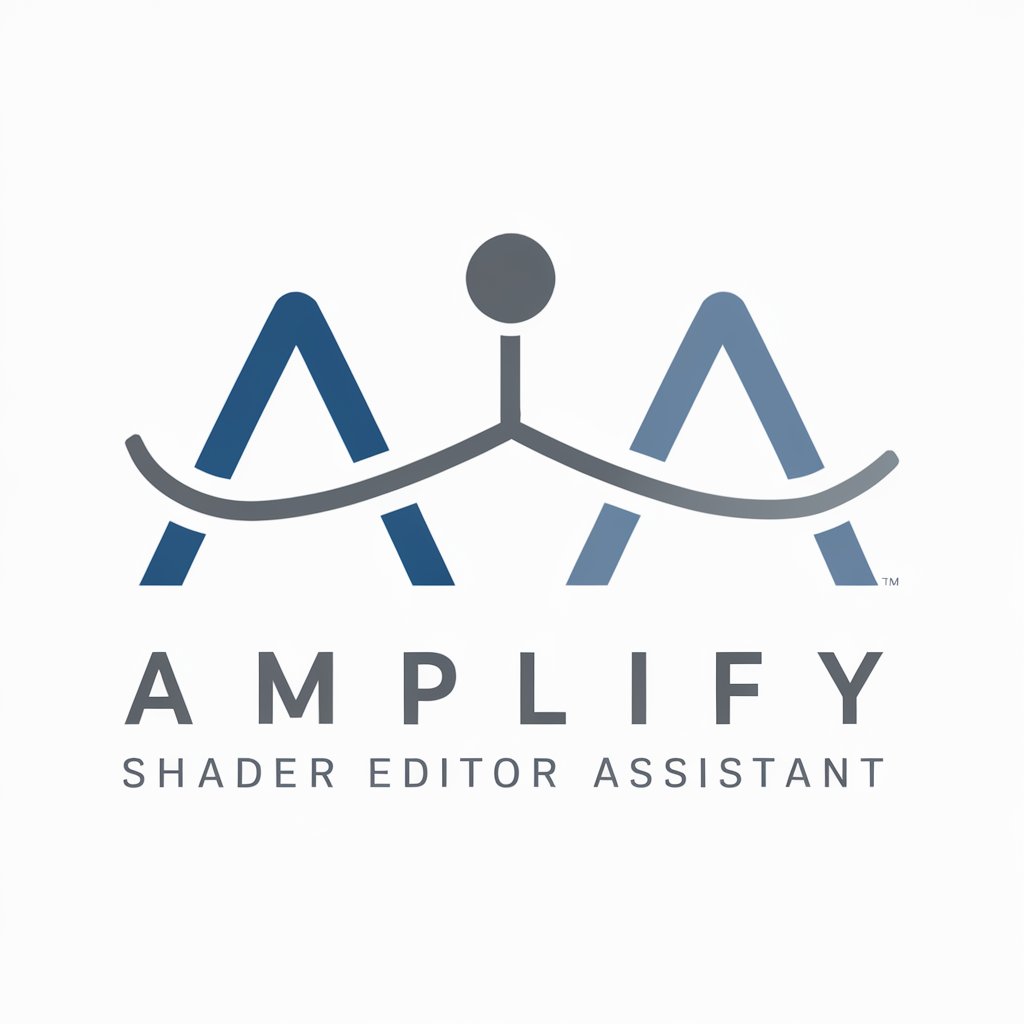
Welcome to the Amplify Shader Editor Assistant!
Craft stunning shaders visually, no code required.
Design a shader that blends two textures using...
How can I create a reflective surface in Unity...
Explain how to use the Fresnel effect in Amplify...
What are the best practices for optimizing shader...
Get Embed Code
Introduction to the Amplify Shader Editor Assistant
The Amplify Shader Editor Assistant is a specialized tool designed to support users in the creation and manipulation of shaders within the Unity environment. It is built to enhance understanding and streamline the workflow associated with shader development. An example of its utility is in helping users convert complex mathematical visual effects into usable code snippets for shaders, assisting in both the visualization and implementation of graphics effects. Scenarios where this is particularly useful include creating shaders for realistic water effects or dynamic shadows, where the assistant provides templates and live previews to simplify these tasks. Powered by ChatGPT-4o。

Main Functions of the Amplify Shader Editor Assistant
Node-based Shader Creation
Example
Users can visually construct shaders by connecting nodes, which represent various shader functions and properties, in a graph editor. This visual approach is less error-prone compared to writing shader code manually.
Scenario
In a real-world application, a game developer could use this function to create a custom shader for a character's reflective armor without writing any code, simply by linking nodes that handle reflection, lighting, and surface properties.
Integration with Unity's Visual Effect Graph
Example
The assistant allows users to leverage Unity’s Visual Effect Graph to create complex particle systems that can interact with shaders created in the Amplify Shader Editor.
Scenario
For instance, a visual effects designer could create a fire effect where the heat distorts the air around it. This distortion shader could be developed in the Amplify Shader Editor and then applied to a particle system in the Visual Effect Graph.
Live Shader Preview
Example
The tool provides a real-time preview of the shaders as they are being developed, which helps in immediate feedback and iterative design directly within the Unity editor.
Scenario
This is particularly useful during the development of environment shaders where immediate visual feedback on lighting and texture interactions is crucial for achieving desired visual outcomes.
Ideal Users of the Amplify Shader Editor Assistant
Game Developers
Game developers, especially those working on graphics and visual effects, benefit from the assistant as it simplifies shader creation and allows for real-time visualization and testing within Unity.
Visual Effects Designers
Visual effects designers can utilize the tool to create complex shader effects for movies or video games, which require high fidelity and detailed control over graphical elements.
Educators and Students in Game Development
Educators and students benefit from using the assistant in educational settings, where learning shader programming can be facilitated through visual tools and templates, making the learning process more engaging and accessible.

How to Use the Amplify Shader Editor Assistant
1
Begin by visiting yeschat.ai to explore the tool with a free trial, no login or ChatGPT Plus subscription necessary.
2
Navigate to the Amplify Shader Editor documentation for a comprehensive overview of its capabilities and features.
3
Familiarize yourself with the various shader nodes available within the Amplify Shader Editor, as outlined in the documentation, to understand the building blocks of your shaders.
4
Experiment with creating simple shaders using basic nodes to grasp the fundamentals, gradually moving on to more complex structures.
5
Utilize the community nodes and examples provided by the Amplify Creations Wiki to expand your knowledge and inspire your own shader creations.
Try other advanced and practical GPTs
Shader Wizard
Power Your Creativity with AI-Driven Shaders
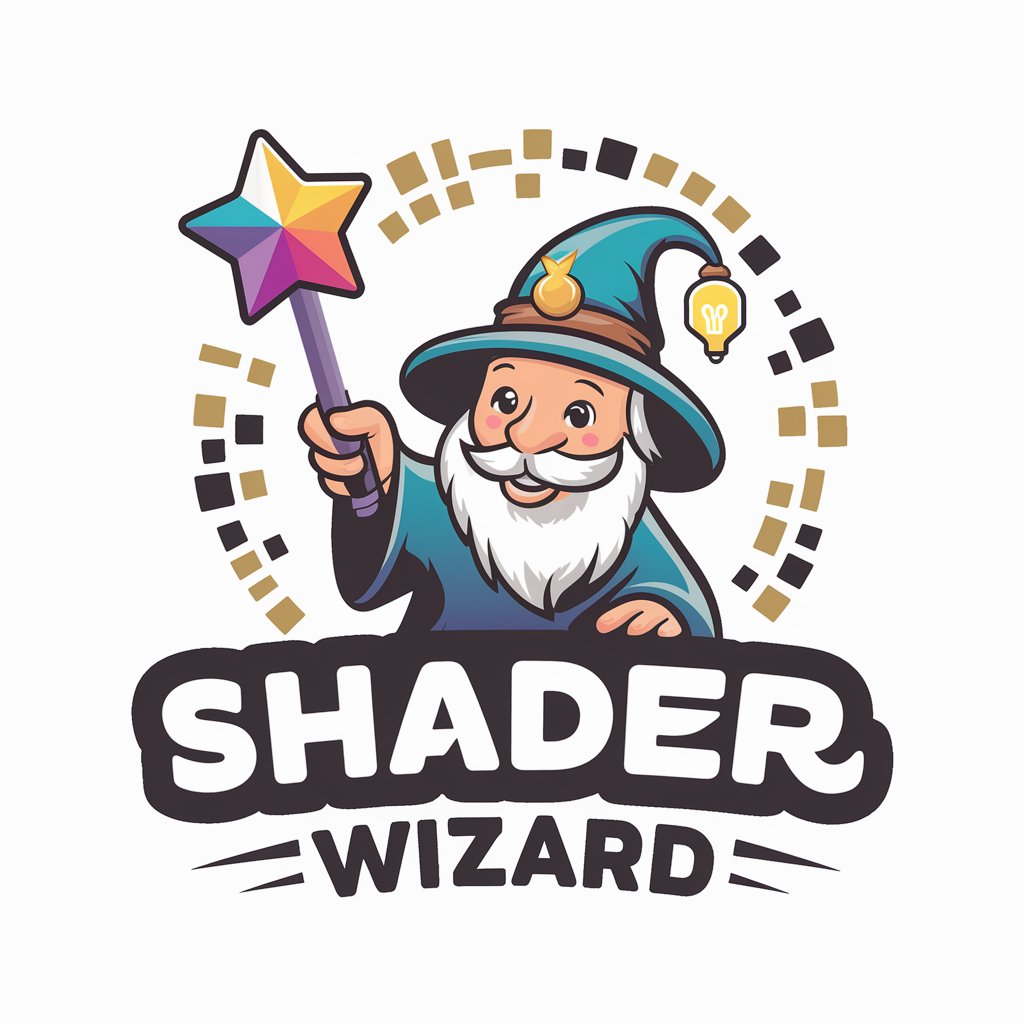
Shader Art Assistant
Craft stunning shaders with AI-driven guidance.
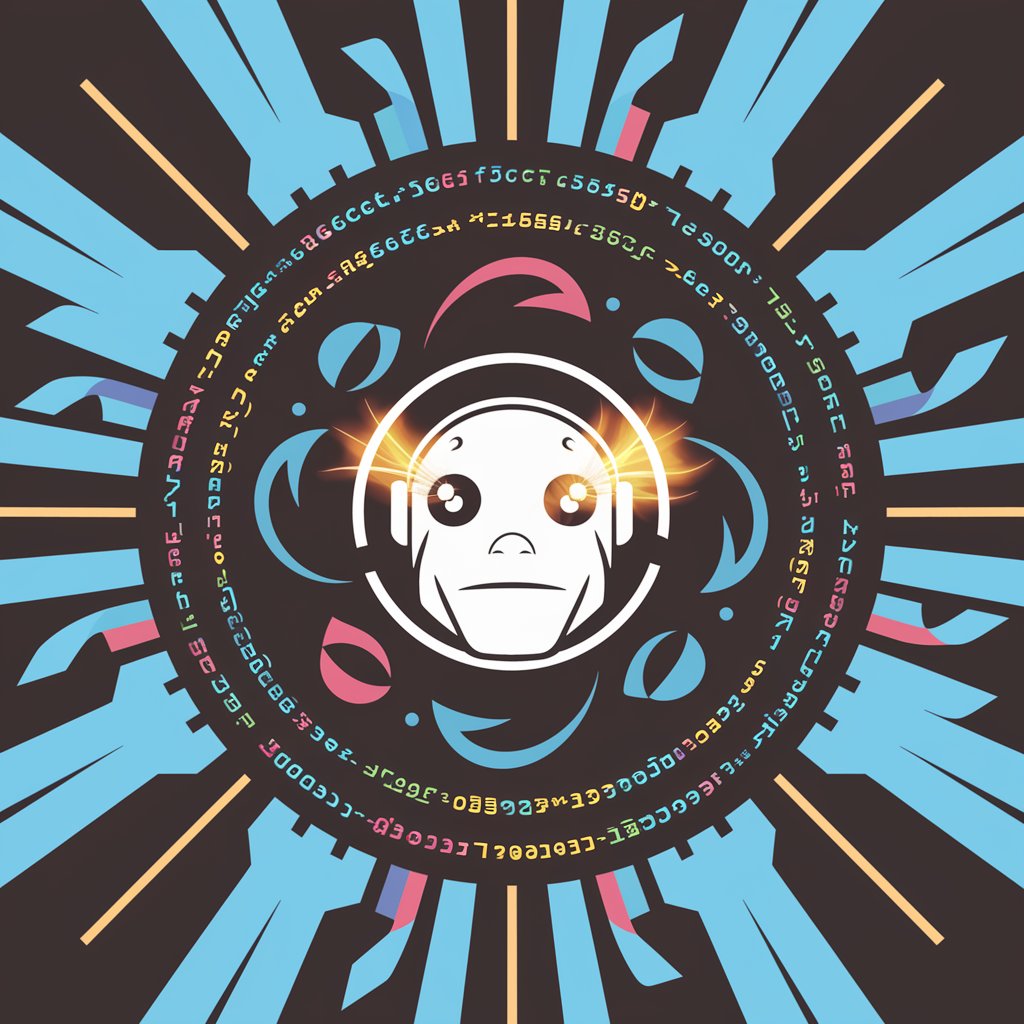
Harborn's Marketing Assistent
Elevate Your Marketing with AI-Powered Insights

Scam Landing Page Detector
Spot scams with AI-powered precision.
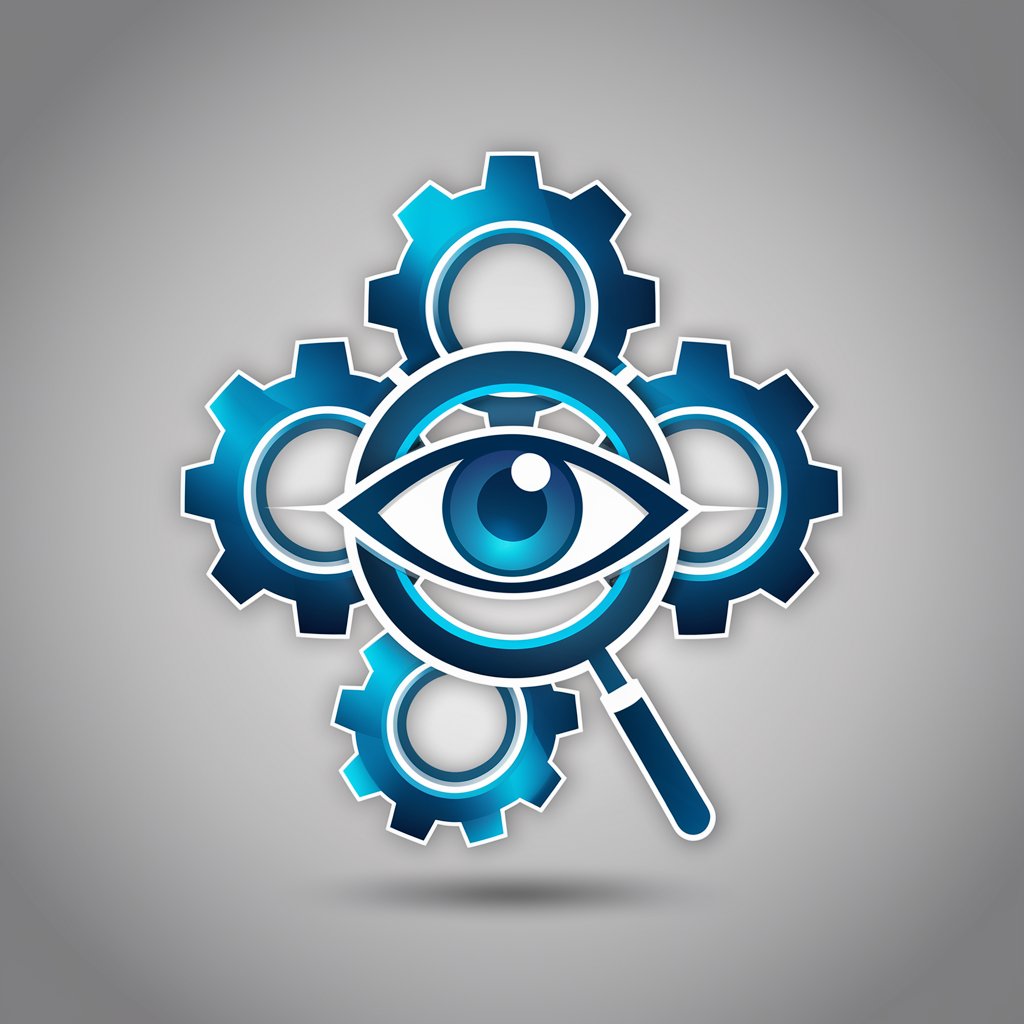
Board Game Assistant: Zombicide: Black Plague
Master Zombicide with AI-powered guidance
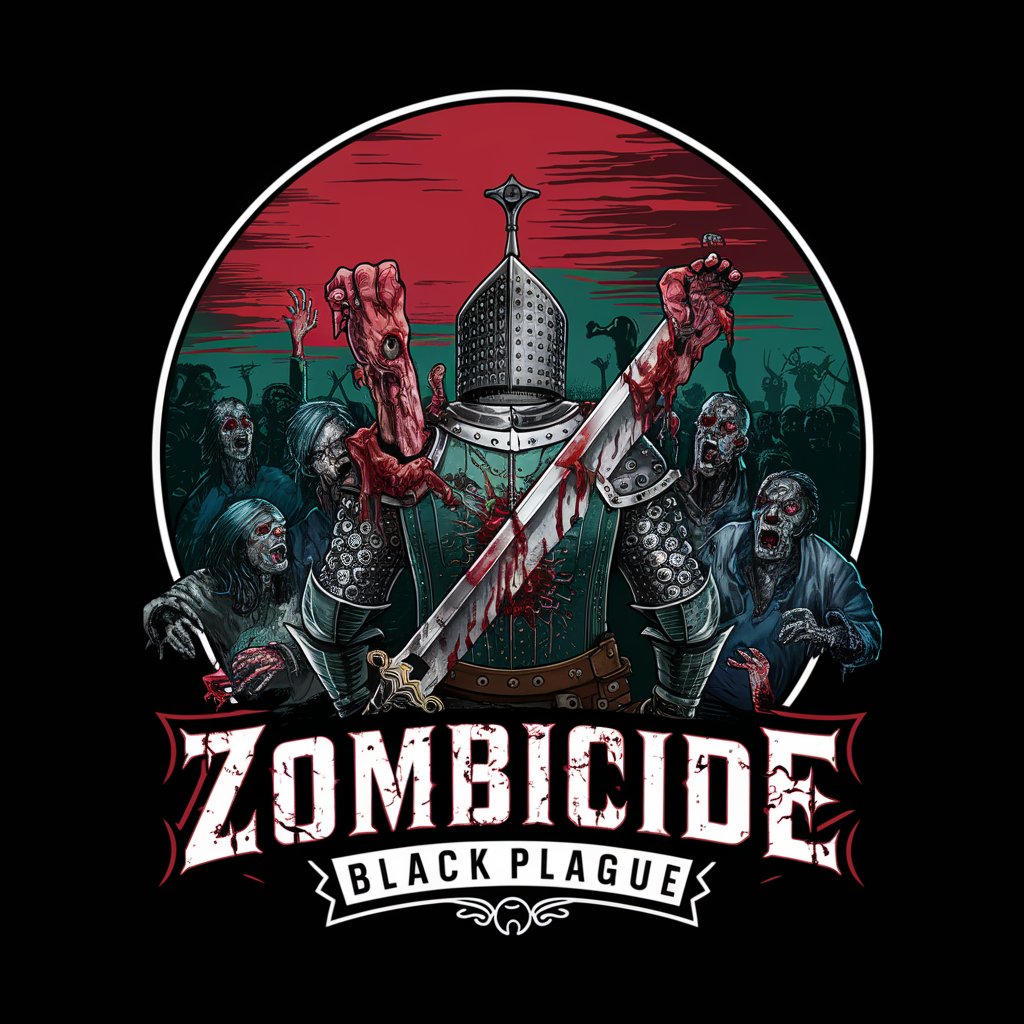
Digital Transformation
Empowering businesses with AI-driven transformation

Shader Debugger
Optimize shaders with AI-powered insights
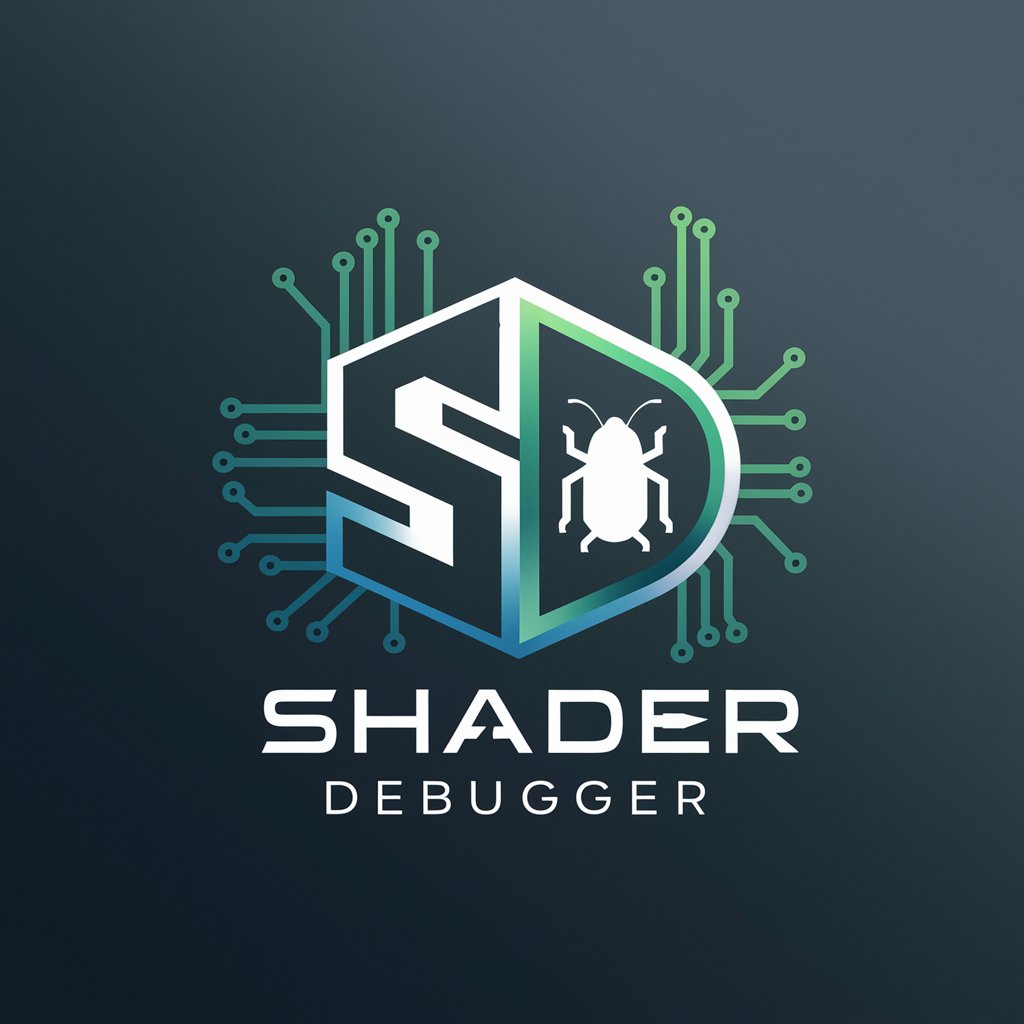
Spark Helper
Powering Shader Development with AI

Game Engine Educator Shader Expert (G.E.E.S.E.)
Crafting Shaders with AI Power

Unity Shader Graph Expert
Craft Stunning Visuals with AI-Powered Shader Guidance.
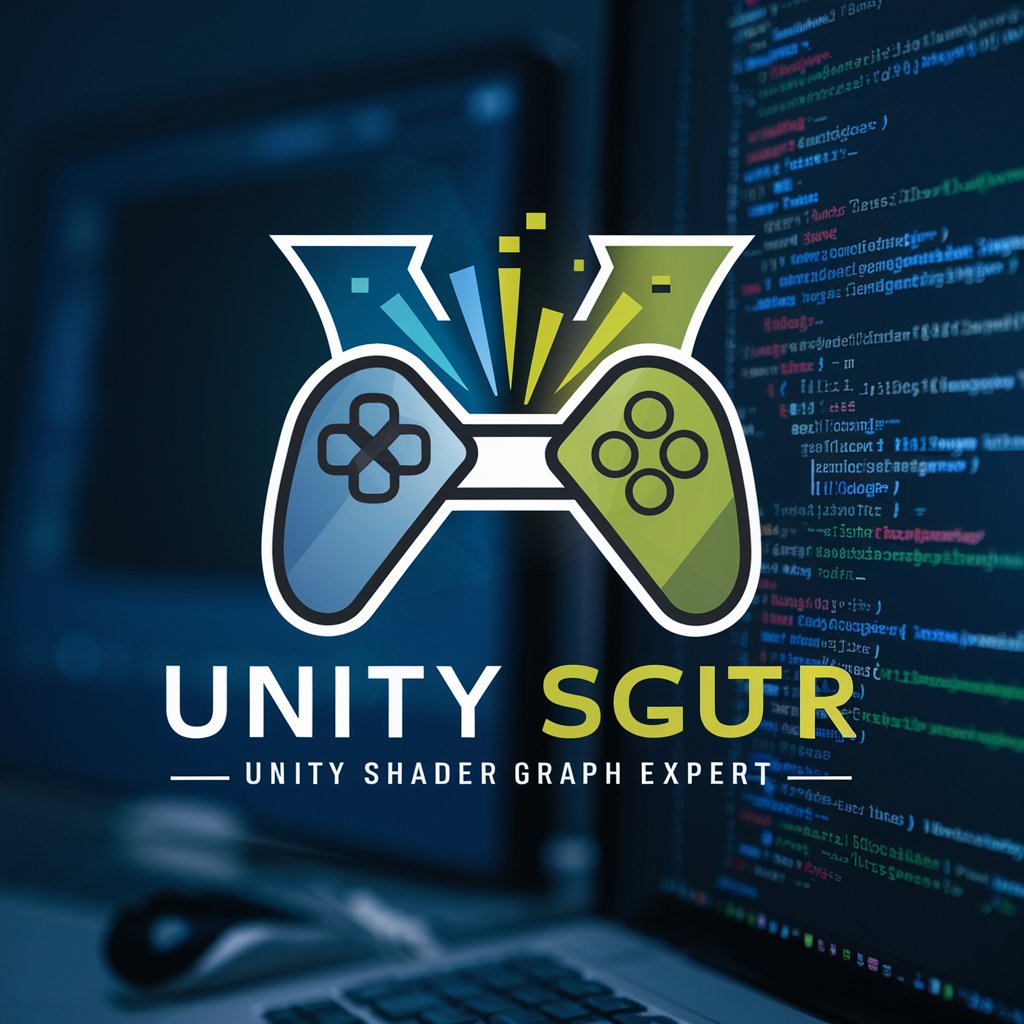
Nudge Expert
Empowering sustainable choices with AI-driven predictions.
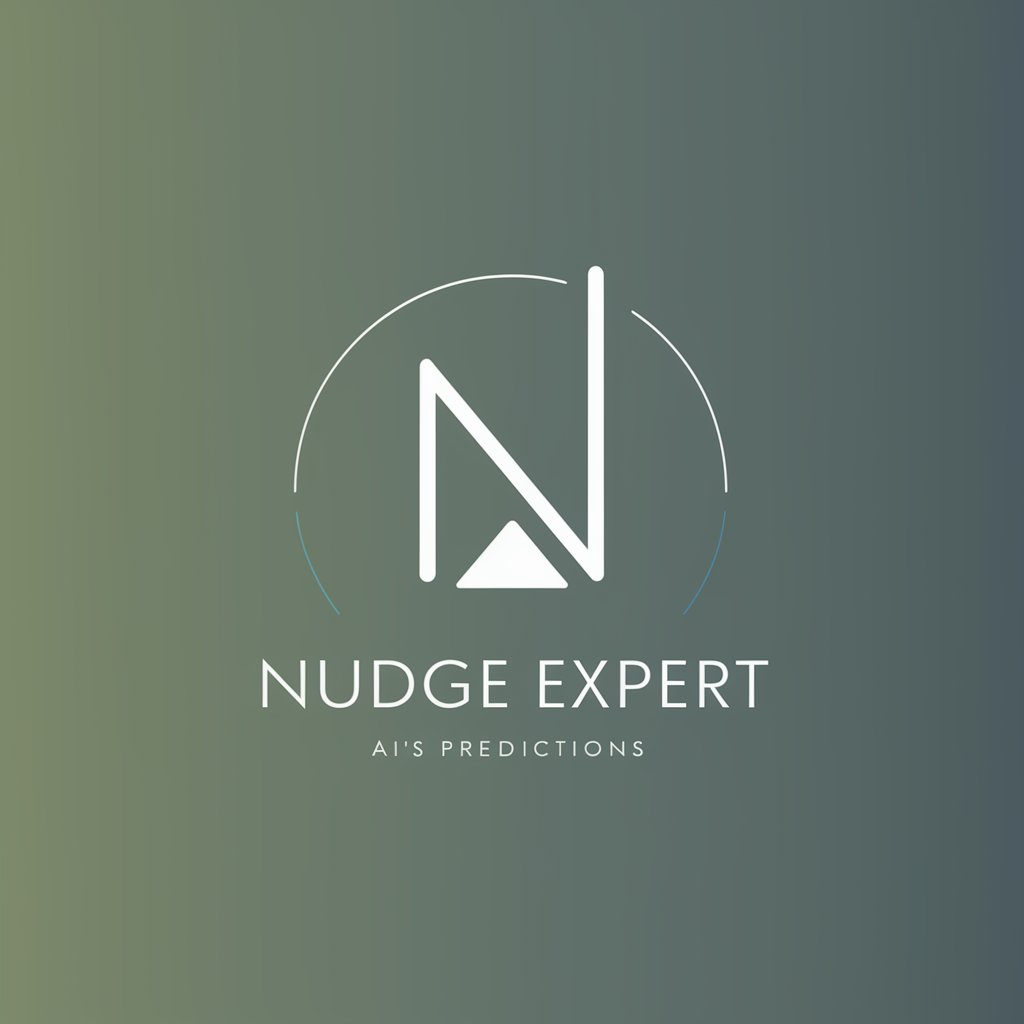
Kevin Love Al
Enhancing Connection with AI Companionship

Frequently Asked Questions about the Amplify Shader Editor Assistant
What is the Amplify Shader Editor?
The Amplify Shader Editor is a powerful node-based shader creation tool for Unity, allowing users to visually design shaders without writing code. It provides a wide range of nodes and functionalities to create complex shaders for various effects.
Can I use Amplify Shader Editor without prior coding experience?
Yes, the Amplify Shader Editor is designed to be user-friendly for both programmers and non-programmers. Its visual interface and drag-and-drop node system enable users to create shaders without writing a single line of code.
How do I integrate shaders created with Amplify Shader Editor into my Unity project?
Shaders created in the Amplify Shader Editor can be directly used in Unity projects by assigning them to materials. These materials can then be applied to objects in your scene, instantly updating the objects' appearances based on the shader logic.
Can Amplify Shader Editor work with Unity's Scriptable Render Pipeline (SRP)?
Yes, Amplify Shader Editor is compatible with Unity's Scriptable Render Pipeline, including both the Universal Render Pipeline (URP) and the High Definition Render Pipeline (HDRP), allowing for seamless integration into modern Unity projects.
Where can I find resources for learning more about Amplify Shader Editor?
The Amplify Creations website and Wiki offer extensive documentation, tutorials, and examples. Additionally, the community forum is a great place to find help, share your work, and learn from other users' experiences.
